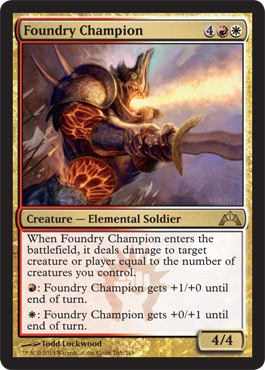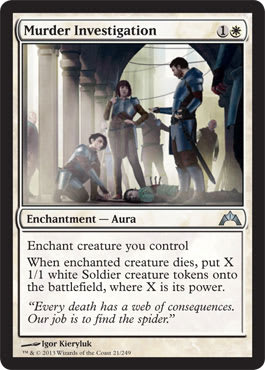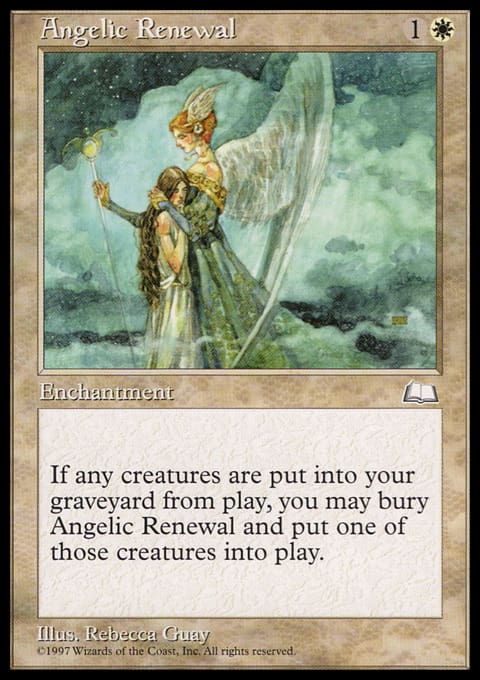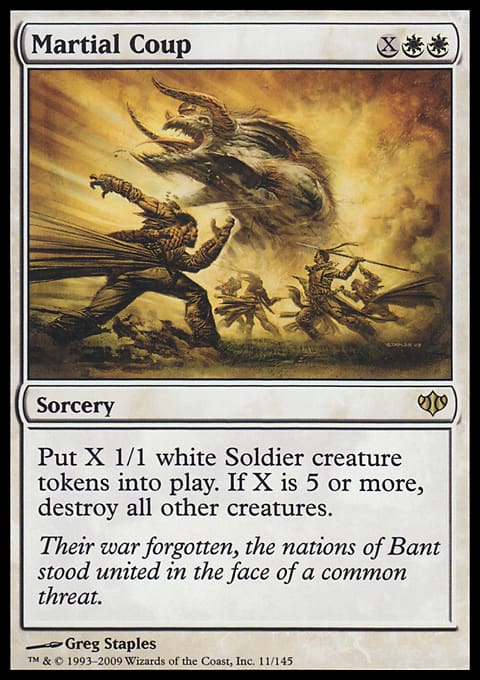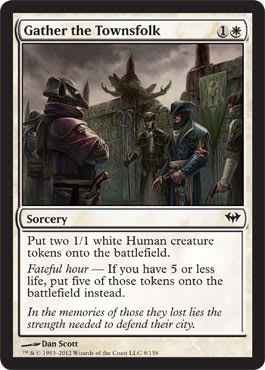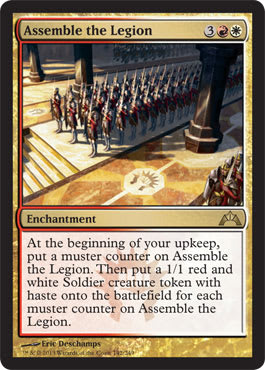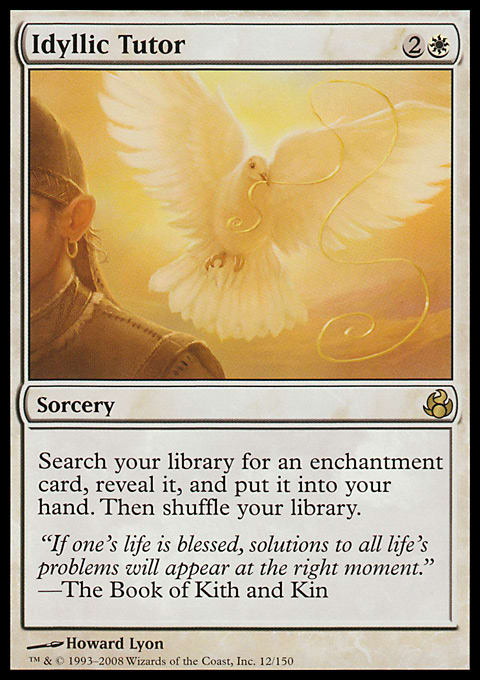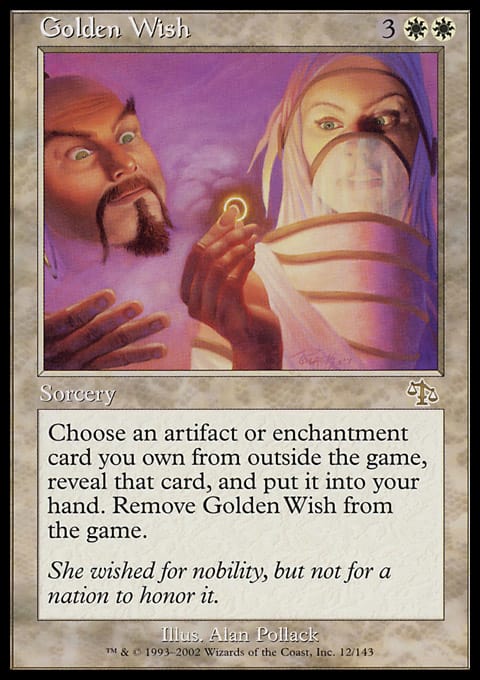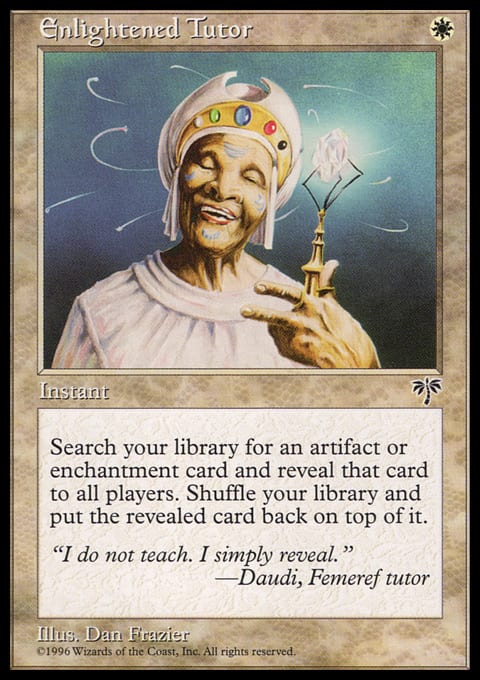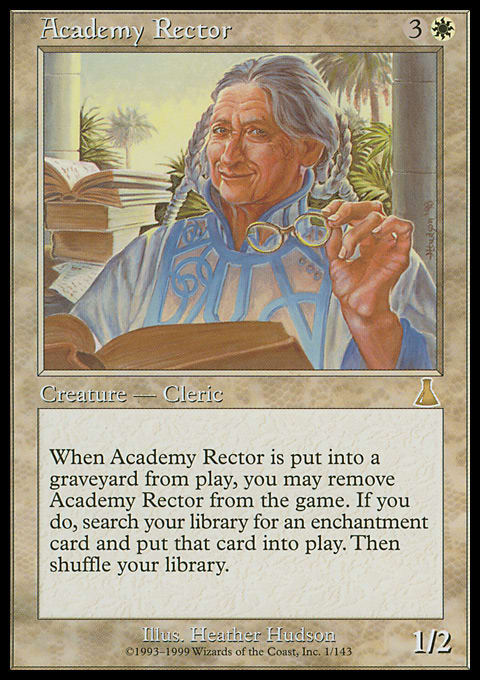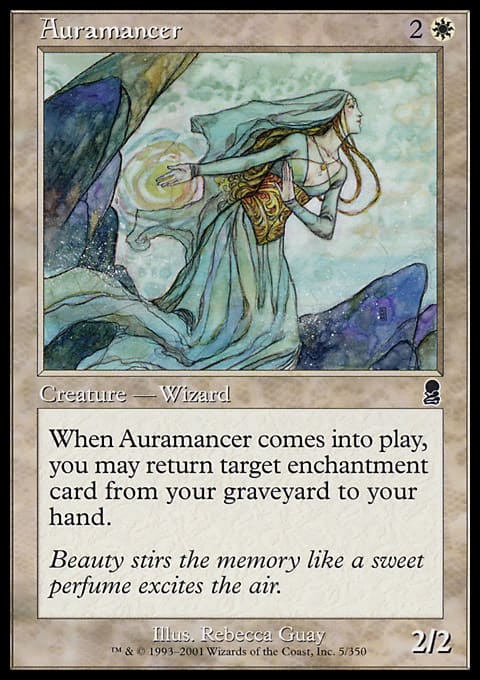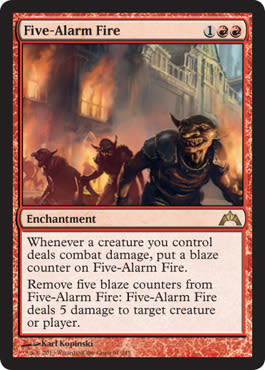Hello again! It’s been a few weeks, but I’m back with more synergies and subtleties. (Consonance is cool!) I justify my absence with the explanation that I was on the Magic Cruise 5, and packing beforehand precluded my article writing for two weeks ago, and afterward, unpacking, settling in, and catching up with GatheringMagic stuff interrupted my article writing for last week.
But those are all just excuses—it’s time for decks!
Insects
My deck for this week is a totally original, unique, and unprecedented masterpiece. I call it . . .
"B/U/G"
- Creatures (29)
- 1 Ant Queen
- 1 Carrion Ants
- 1 Deadly Grub
- 1 Giant Adephage
- 1 Gigapede
- 1 Vorapede
- 2 Bane of the Living
- 2 Caustic Crawler
- 2 Caustic Wasps
- 2 Deadbridge Goliath
- 2 Giant Dustwasp
- 2 Heartstabber Mosquito
- 2 Scute Mob
- 3 Broodhatch Nantuko
- 4 Drudge Beetle
- 1 The Mimeoplasm
- 1 Thriss, Nantuko Primus
- Spells (7)
- 3 Distant Melody
- 1 Crown of Ascension
- 3 Call to the Kindred
- Lands (24)
- 1 Island
- 7 Forest
- 7 Swamp
- 1 Dimir Aqueduct
- 1 Golgari Rot Farm
- 1 Simic Growth Chamber
- 2 Drowned Catacomb
- 2 Hinterland Harbor
- 2 Woodland Cemetery
What? That’s not original, a masterpiece, or even a combo deck? It’s just a deck built around a deck-name pun? And it’s Boros Week, and this deck’s colors are the exact inverse of Boros’s?
Oh yeah. Let’s try something different then.
Foundry Champion . . . Combo?
"Investigating Murder"
- Creatures (12)
- 1 Academy Rector
- 2 Cloudgoat Ranger
- 2 Greater Gargadon
- 3 Auramancer
- 4 Foundry Champion
- Spells (24)
- 1 Enlightened Tutor
- 2 Fling
- 4 Massive Raid
- 1 Golden Wish
- 1 Idyllic Tutor
- 2 Martial Coup
- 3 Gather the Townsfolk
- 2 Animal Boneyard
- 2 Assemble the Legion
- 3 Angelic Renewal
- 3 Murder Investigation
- Lands (24)
- 8 Mountain
- 8 Plains
- 4 Boros Garrison
- 4 Boros Guildgate
Like most of my decks, this one can be broken down into its various combo-enabling components.
Keystone
It started here:
A 6-mana 4/4 that can kill a creature when it enters the battlefield is pretty reasonable, and its abilities to grow both its front side and backside are not to be underestimated. The damage-dealing ability, though, is interesting in that it is variable, based on the number of creatures you control.
Interestingly, there is a card in the same Gatecrash-titled expansion that can convert power into tiny creatures. When one of the Boros’s powerful enforcers is killed, there’s sure to be an investigation. The Foundry Champion, enchanted with Murder Investigation, can pump its power for ![]() at a time, increasing the number of Soldiers that come to investigate.
at a time, increasing the number of Soldiers that come to investigate.
The problem is that dying is basically the opposite of entering the battlefield. Short of a second copy of Foundry Champion and a ton more mana, how can we convert death into life?
This 2-mana Weatherlight enchantment is one answer. The Champion dies, bringing a bunch of Soldiers to action, and then it returns, triggering for much more damage because of all the Soldiers. If he happened to have dealt combat damage beforehand, that could be the end of the game.
But let’s not jump to any conclusions here.
Murder
One element above was missing from the sequence: the death of the Foundry Champion. We can hope our opponent blocks our soon-to-be-investigated Elemental and kills it to enact our combo . . . or we can hope the opposite.
These three cards all will let us sacrifice the Foundry Soldier to trigger the combo, and each has a different upside.
Fling is a great option to help ensure lethal opponent’s-life-total damage. Assuming a Firebreathing’d-up combat damage step, a subsequent Fling, and follow-up enters-the-battlefield trigger, we should have a very dead opponent. Some of that is a stretch (blockers, anyone?), but we have other options.
Martial Coup is great because it can serve as a Day of Judgment with a few Soldiers to come clean up, it can serve as a generally useful token maker (see below), or it can provide that sweet, sweet combo-kill finish. Check out this sequence:
- Control Foundry Champion, Angelic Renewal, and seven lands.
- Cast Martial Coup with X equal to 5.
- Make five Soldiers, all other creatures die, and Angelic Renewal triggers.
- Sacrifice the enchantment to return Foundry Champion, which triggers.
- Foundry Champion deals 6 damage to the opponent.
With a higher X value and/or Murder Investigation, that becomes much more explosive.
Greater Gargadon has a history of existing in decks owned by players who didn’t mind sacrifice permanents. As we want to sacrifice some stuff, let’s go ahead and run this guy. With all the tokens we’ll get to in a bit, he’ll have even more fodder. Flinging 9-power creatures isn’t bad either.
Finally, Animal Boneyard serves as an enchantment that can let us sacrifice a creature for no mana on a key turn. Oh yeah, and there’s life-gain.
Army
The key to making Foundry Champion trigger for a bunch of damage (mmm, damage grapes) is creature tokens. Above, we investigated a couple options for making such creatures, but let’s take a look at a few more.
From these first two similarly named cards, we learn that the primary difference between Innistrad and Ravnica is that on the horror plane, groups of villagers mass together, but on the city plane, armies form in phalanxes.
Anyway, both spells are useful for creating tokens at different stages of the game. Gather the Townsfolk can make a couple guys early to lead into the rest of the deck’s synergies, but if we happen to fall behind, it can make a bunch more.
Assemble the Legion is receiving its fair bit of press since it was spoiled for Gatecrash, as it can create a board state of inevitable doom for the opponent, potentially winning the game all on its own. In addition to winning on its own, it can feed Gargadons, fuel Champions, and lead Massive Raids.
Cloudgoat Ranger is a historically powerful card, and it works well with both Angelic Renewal and Fling, although in different ways. Try this: Tap some Kithkin to pump the Ranger, attack with it, and then Fling it to deal a bunch of damage and return the Giant with Renewal, making even more Kithkin to pump Mr. Cloudgoat next turn.
School
With the synergies built into the deck, it won’t be necessary to always put a combo together—dealing a few chunks of 5 to 10 damage can lead to having a dead opponent fairly quickly. However, a few spells can help us fetch whatever enchantment we may need at a given time.
Unfortunately, these types of cards tend to be more expensive. I included a singleton of each in the list, but if you have a few copies of one or the other, that works, too. Running Golden Wish means you need to keep your fourth copies of key enchantments outside the deck. While I’m not a believer in the fifteen-card Wish board rule for casual play, I still wouldn’t use a Wish to fetch a fifth copy of a card. While we’re Wishing, though, I suggest Promise of Bunrei as a possible fifth or sixth copy of Murder Investigation.
Auramancer can pull used-up enchantments—such as Angelic Renewal—and otherwise destroyed enchantments out of the graveyard for reuse. She’ll let you repeat your Foundry Champion cycle for more of the aforementioned 5- to 10-damage chunks.
Academy Rector is another one of those expensive enchantment tutors, but she synergizes with Greater Gargadon, Animal Boneyard, and sometimes even Fling (opponents often avoid killing the Rector, so it’s nice to be able to do it on your own). Being able to put an enchantment directly onto the battlefield is also quite useful—sometimes, you could combo out of nowhere or start turn with a surprise Assemble the Legion.
Enduring Ideal could be quite fun, too, though I’d want to have enchantments that could put together the creature elements of the combo, and that might require moving into Orzhov (if only in flavor and not mana requirements) for something like Debtors' Knell.
Fire
I mentioned it, but Massive Raid can deal one of those useful chunks of damage as well, or it can help to keep you alive later into the game by dealing with a threating creature.
With all the tokens and enchantments around, you might try Five-Alarm Fire, too. Talk about chunks of damage!
End
I find myself drawn to enchantments a lot, perhaps because creatures are often expected to deal things like the infamous combat damage, and that takes place in a phase of the turn I often prefer to avoid . . . in favor of complicated stacks and alternate win conditions. That’s one of my favorite things about Magic: The Gathering, as well: With the wide variety of cards and the designers’ awareness of various play styles, options exist to build decks in countless variations to achieve all kinds of Unexpected Results. That kind of freedom and exploration just doesn’t exist in other games—especially card games.
Anyway, until next time, I’m Andrew saying, “B/U/G is a silly name for a deck.”
Andrew Wilson
fissionessence at hotmail dot com













